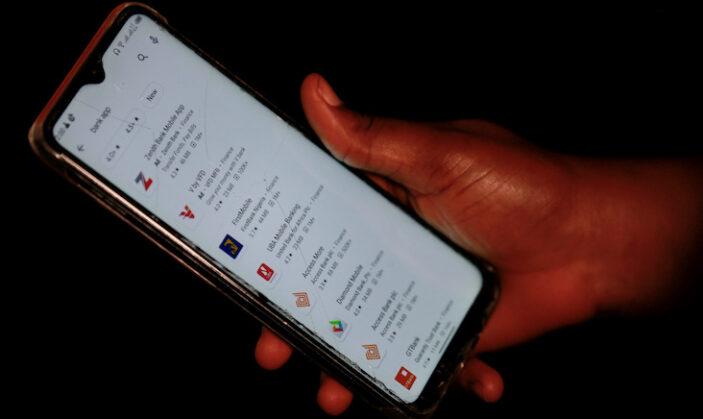Africa-Press – Mauritius. This article is linked to our ranking of Africa’s top 200 banks. To see the list, subscribers can use the app to download a digital version of our October-December print edition.
For Android users please click here, for iPhone IOS users please click here We are living in an unprecedented period. Like the rest of the planet, the African continent has been on an economic roller coaster since the beginning of 2020.
At a time when we seem to be approaching the end of the crisis period, the African Development Bank forecasts a growth rate of 3.4% in 2021 and 4.6% in 2022 in sub-Saharan Africa, after growth of just 2.1% last year.
In 2020, all the countries on the continent saw their growth slump or even collapse. These poor figures are reflected in the net banking income (NBI) of the 200 banks in our ranking.
This key indicator – which measures the difference between revenue and expenditure – plunged, cumulatively, by 14.7% in 2020 to $71.4bn. A historic drop that follows the record high reached in 2019, with a global NBI of $83bn.
At the same time, the total balance sheet of these 200 banks is up 12.4% to $1.97trn. This sharp increase, which was rather unexpected during this recessionary period, can be explained, in large part, by the effect of the so-called ‘unconventional’ monetary policies put in place to deal with the crisis.
These policies include the provision of large amounts of liquidity by central banks and an often historic cut in key interest rates. Support for SMEs Apart from the repercussions of the crisis on their own activities, banks have been in the front line during this extraordinary period.
Many governments have used the banking channel to help cushion the shock by targeting small and medium-sized enterprises (SMEs). From April 2020, many banks on the continent put in place measures to suspend debt payments or restructure loans – for example, KCB (#40) in Kenya.
These measures, says one bank manager, were made possible “thanks to the action of the government, the Central Bank and international institutions such as the World Bank and the IMF”.
In Côte d’Ivoire, a $300m loan granted by the World Bank in February is to be used to support credit to SMEs through the creation of a dedicated credit guarantee fund. The upper echelons of our ranking show little change. The top 12 banks remain the same, with a few modest ranking adjustments.
Once again, only three countries are represented at the top of the ranking, namely Egypt, Morocco and South Africa, including the unchanging leader, Standard Bank Group (#1).
In terms of relative share, Southern African banks, mainly composed of the 14 South African banks ranked, once again dominate our Top 200 in terms of total balance sheet.
However, at 42% of the total, their share has fallen by 4% to the benefit of North African (35% of the total) and West African banks (16%), whose relative weight has increased by 2% each.
The share of East African banks has remained stable at 16% of the total. Surprisingly, this year of crisis was not marked by any major bank defaults. This is in part due to the measures to strengthen prudential ratios implemented in recent years.
Tiémoko Meyliet Kone, governor of the Banque Centrale des États de l’Afrique de l’Ouest, said that, in 2020, “the average levels of solvency ratios, both for credit institutions and large decentralised financial systems, were higher than the minimum standards in force”.
This resilience does not hide the fact that it has been a tough year for the banking sector, with rising risk costs, loan defaults and a decline in activity due to the depression in sectors such as tourism.
On average, the profitability of our Top 200 banks – net profit divided by NBI – is 24.6%, compared to 30% last year, which is the worst ratio since our ranking began.
McKinsey estimates that the return on capital for African banks has been halved to 7%. However, interim results for 2021 often showed a marked recovery in profits, such as with Standard Bank, whose profit for the first half of the year rebounded by 41%.
Finally, beyond the ratios, one of the consequences of this crisis has been the acceleration of the digitalisation of banking processes and products. At the Kenyan bank KCB, 98% of transactions in the third quarter of 2020 were carried out online.
And the share of mobile payments in the consumer-to-business sector increased from 16% to 44% in one year. This trend has been driven by traditional institutions and networks, but also by new banks and fintechs.
The past 18 months has seen record fundraising in this area, including the $200m raised by Wave, a company based in Senegal, which has become the first unicorn in Francophone Africa.
For More News And Analysis About Mauritius Follow Africa-Press







